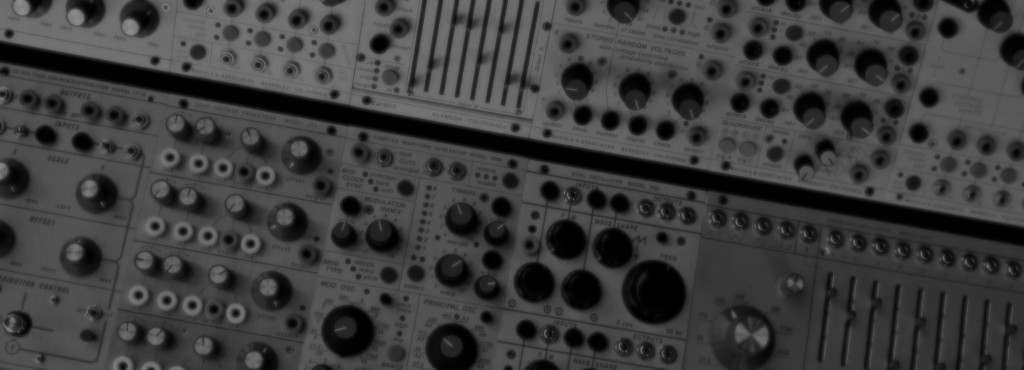Progress
This week was spent on polish and fixing the persistent noise bug from previous weeks. While Charles and Jens worked on moving the analog circuit from the solderless breadboard and soldering all the components onto protoboard, Hailang worked on debugging some DAC issues that was causing missed samples. Overall, this week solved the vast majority of the noise issues in the system. What’s left is just finishing up some soldering and finishing some of the extra features. At this point, we are not looking at any significant risks except for an act of God that ruins our project.
